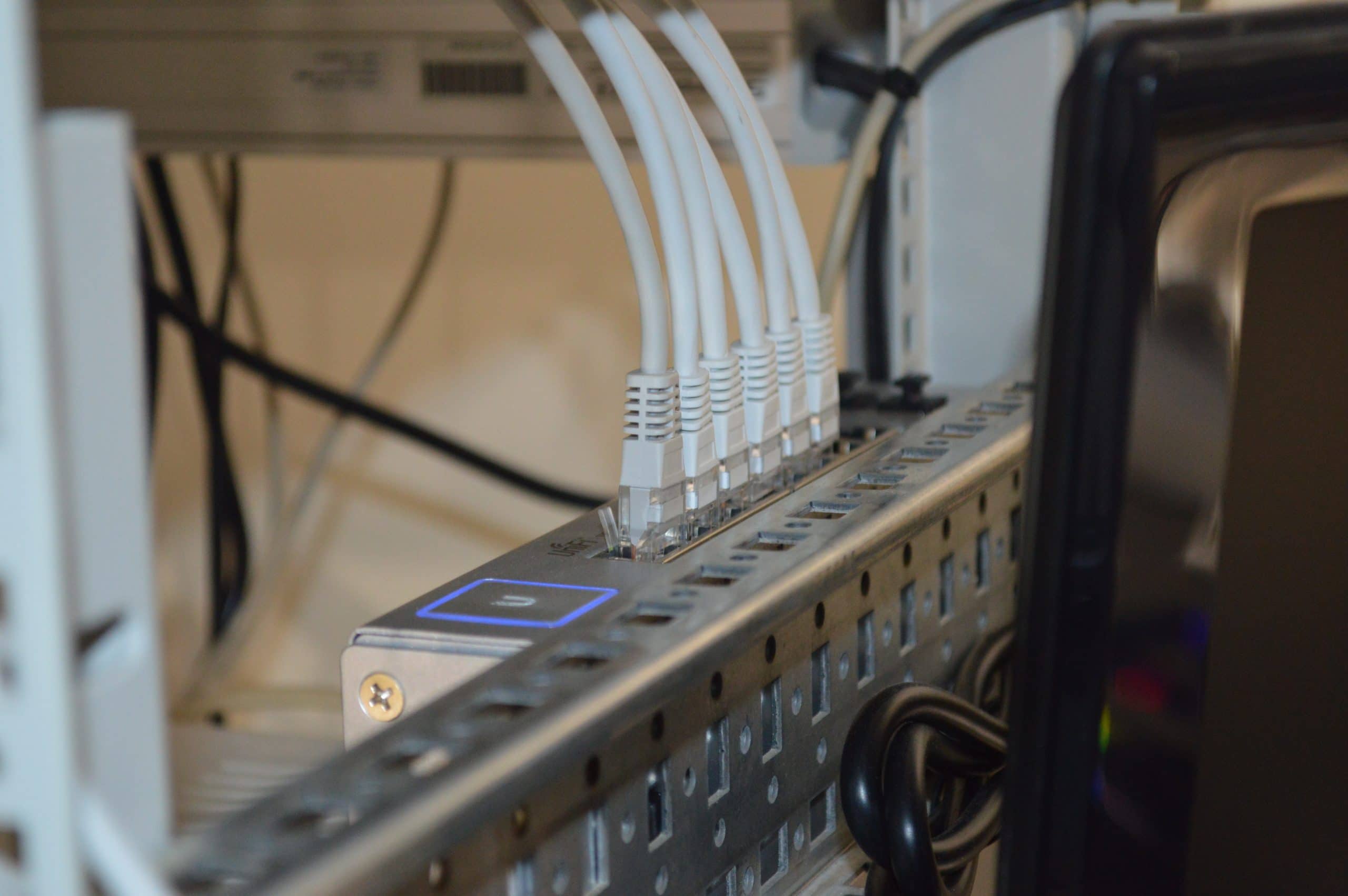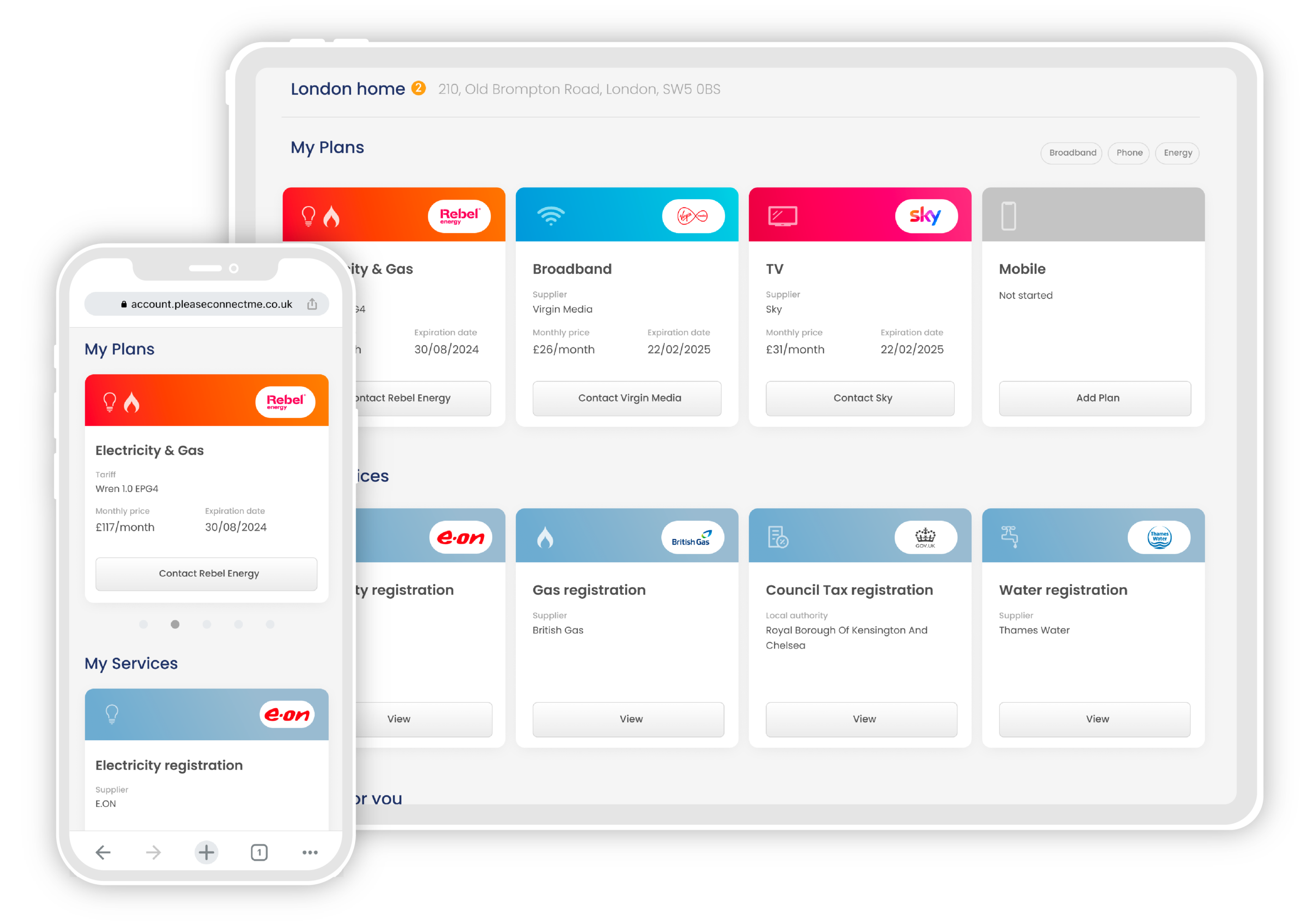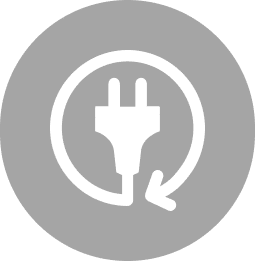Whether you are relocating to the UK, purchasing your first home – setting up wifi for your new home is essential. But it can get overwhelming to sort out a dozen other important tasks including unpacking, paperwork and figuring out your new neighbourhood.
To help with this, we have put together some key information to consider when setting up broadband services in the UK.
- Internet coverage
- Coverage: exceptions
- Internet providers and networks
- Internet speeds
- What speed do I need?
- What do I need to set up an account?
- Which provider is the quickest for installation?
- What if my property doesn’t support normal ‘fixed line’ broadband?
- Need help?
1. Internet coverage
95% of UK households have access to a “superfast” broadband connection, which by government standards is a download speed of >30 Mbps. These homes tend to be concentrated around urban centres, leaving approximately 1.5M households in the UK without access to a speedy connection, mostly in more rural areas.
2. Internet coverage: exceptions
Although we normally expect the fastest internet speeds in city centres, some properties in the most central and prestigious parts of London only have access to “standard” broadband speeds, due to the difficulty and cost of installing new fibre cables in such highly populated areas.
This means that if a great internet connection is important to you – it might be worthwhile to double check your options before committing to your new home.
3. Internet providers & networks
Although there are hundreds of different internet providers to choose from – the vast majority are supplied by just one network.
The Openreach network used to be a part of BT, but split to a separate division in 2006 and to this day has cables built into 99% of properties in the UK. Their service is supplied through companies such as BT, Sky, Plusnet, EE, TalkTalk and more. This means that even though the advertisements say differently – internet speed and quality should be similar across all Openreach suppliers despite the differences in price, because they all use the same cables!
The other major network is the Virgin Media network, which only provides fibre optic (ultrafast) internet. Virgin Media supplies about 53% of households in the UK and supports only one retail provider – its own, Virgin Media.
Besides these 2 main networks, there are a large number of much smaller independent networks, primarily supplying smaller areas and in some cases, only individual buildings. Due to the fractured nature of the internet market in the UK, households do not always have access to the same speed and services, so it’s very important to know your best options before committing to a contract.
4. Internet speeds
Generally speaking, internet speeds range from standard broadband (up to 17Mbps) up to Ultrafast Broadband (1Gbps+). However, the internet speeds available to you are heavily determined by the location you are in. For instance, if you are located in the city centre, you are more likely to have a better connection than someone in the countryside. However, internet speeds still vary among properties, so it is best to check your available speeds as soon as you know your full address.
There are many online tools that can give you a general idea of your internet availability, though many are only limited to a postcode check – so if you want to find out what your property offers, it’s best to check with utility specialists like Please Connect Me.
5. What speed do I need?
Netflix suggests a download speed of 5Mbps is needed for HD streaming and 25Mbps for 4K Ultra HD streaming. However, this is the speed you would need for streaming on a single device, meaning if you live with multiple people with more devices used, you will need additional speed (bandwidth) for the entire household.
6. What do I need to set up an account?
For most providers, the only requirement for setting up an account is to be 18 or above. As internet service becomes more of a basic human right, credit checks are less prevalent – meaning those who are new to the country or moving out for the first time are unlikely to face such obstacles in getting connected.
7. Which provider is the quickest for installation?
If you are looking to get set up in the quickest possible time, the best provider is Hyperoptic. They are a fairly new provider in the UK, but what they lack in experience, they more than make up for in service and install speed!
If Hyperoptic is available at your property (it is only available to around 5% of properties in the UK – mostly blocks of flats), then you have a good chance of being set up on the same day you move in. This is because in general all Hyperoptic infrastructure is already installed at the properties they supply – so all that’s required is a simple router activation which can be done remotely in around 20 minutes.
On the rare occasion that a router must be sent out, or an engineer does need to come to the property to install something, you’d still generally only be looking at a two or three-day wait for the services.
Virgin Media offers the second quickest installation times. They have something called Quickstart, which is when Virgin has been active at an address before and thus needs no further installation of cables or equipment. With Quickstart properties, routers simply get sent out and then must be plugged in for the services to work – a process that takes two or three days.
If Quickstart is not available, a property will need an engineer to come out and install some infrastructure, which can take anything from a few days up to two weeks.
In terms of most other providers, you’d be looking at around a two week install on average.
Internet providers’ installation speed compare:
| Provider | Average time of install | Quickest time of install |
| Hyperoptic | 1-2 days | On the day |
| Virgin Media | 5-7 days | 2 days |
| BT | 7-14 days | 2 days |
| Sky | 10-14 days | 7 days |
| TalkTalk | 10-14 days | 10 days |
| Plusnet | 10-14 days | 10 days |
8. What if my property doesn’t support normal ‘fixed line’ broadband?
In some circumstances (particularly new builds/ recently renovated properties) there are no fixed line (traditional) internet options available. This means that there are no cables running into the property which you can plug into to get service. Fortunately however the landscape for internet options is changing, and now multiple mobile networks exist that offer both unlimited 4G and 5G plans. With 4G coverage at 81%, and 5G coverage at 30% there is still some ways to go – but expect to see availability and price of these services improve significantly over the next 2-3 years.
9. Need help?
If you are moving house soon or have recently moved, it is important that you choose the right energy supplier for your household. For more information on broadband providers or all things utilities, contact us at +44(0)8003688551 or email us at support@pleaseconnectme.co.uk. Our connection experts are more than happy to help.













